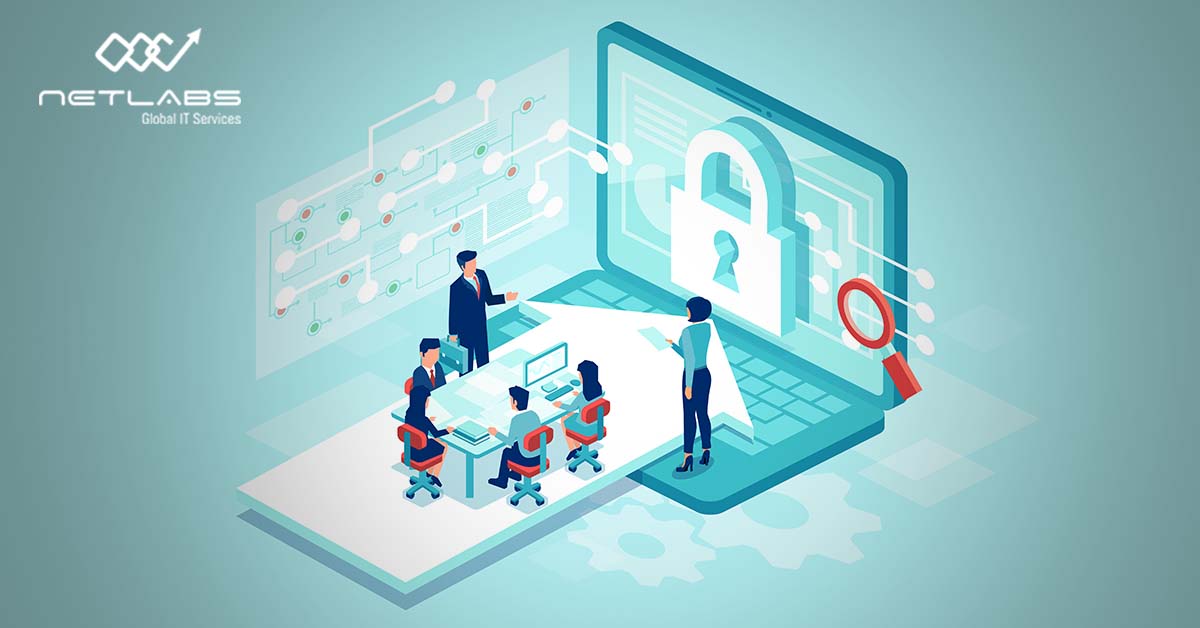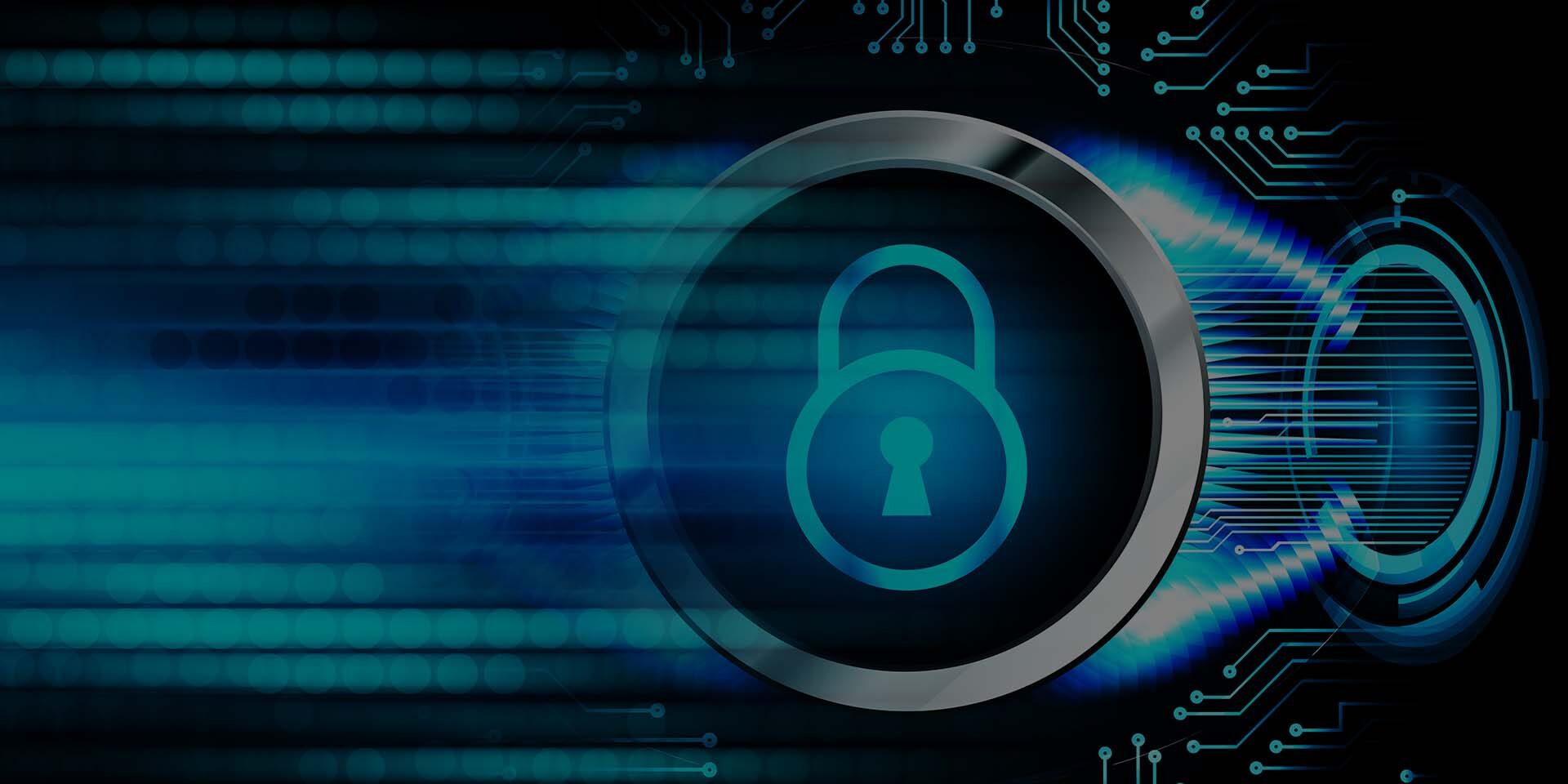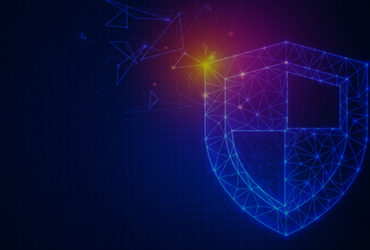Last year, there were several scams, security breaches, frauds, and data leakages, and the patterns indicate that this will continue in 2022. In fact, according to the findings of a PwC survey, corporations are becoming increasingly concerned about information security, with 70% percent of companies predicting that their cybersecurity investments will increase in 2022.
Here we give you a rundown of the top five cybersecurity trends (in no particular order) that are highly recommended to keep an eye on today.
1. Financially motivated Cyber attacks
According to the recent findings by the cyber security inside, 71 % of cyber-attacks in 2020 will be motivated by financial gain. In other words, ransomware attacks, which often include holding a company’s database hostage and demanding a ransom (such as cryptocurrency) to release it are a type of crime that will likely increase this year. A single malicious file downloaded can seriously harm a company’s revenues and reputation. As a result, professionals must be prepared and trained on handling emails and data from unknown or untrustworthy sources.
2. Decentralization Of Access And Remote Environments
We are witnessing a significant shift in the traditional labor model. Professional decentralization also presents vulnerabilities at several points of access. Companies have less control over their employees’ networks and what is accessed where work is done. As a result, securing remote work and ensuring that security regulations are implemented continues to be challenging.
It’s easier for employees to open a phishing email or divulge their access credentials outside of the corporate office. In fact, the “human element” is involved in 86 percent of cyberattacks, with phishing accounting for 35 percent. Some bad internal actors take advantage of the situation to gain unsupervised access to and share data. To help mitigate this, the best course of preemptive action is to invest in cybersecurity training for your employees and establish a set of best practices to follow. Many businesses are also adopting a zero-trust policy regarding sensitive data access.

3. Synthetic Identity Frauds
Synthetic identity fraud is one of the fastest-growing crimes in the United States, with the potential to spread to other countries. Scammers blend actual and fraudulent data to construct a new identity to trick people financially. Credit card requests and digital account openings are examples of crimes that are easier to do when done online.
According to analysts, the rise of organized recruiters would make it more difficult for businesses to uncover fraudsters during employment. This means con artists are hired as workers and given access to sensitive information. Companies should invest in authenticating candidate identities through public and private sources with broad access to a history of consistent data to avoid this.
The rise of synthetic identity fraud demonstrates that businesses and government agencies are unprepared to deal with this type of criminality. Identity and access management is still a problem all over the world. A hacker must gain access to a data system containing identification information to successfully establish a synthetic identity. According to McKinsey researchers, the primary investments that firms must make to help assure cyber safety are identity management, message security, and network security.
4. Offline Threats Not all forms of fraud take place online. Smartphones are sometimes stolen to gain access to a person’s financial or retail apps and transactions. Another method is photographing a person’s password while typing it. Significant cybersecurity expenditures in areas like sophisticated financial security technologies, artificial intelligence, the Internet of Things, and back-office process automation should be made to assist in stopping offline fraud.
Consumers are becoming more digitally savvy, expecting rapid responses, efficient service, and a positive experience throughout a process, whether creating a new account, making a transaction or renting a car. As a result, cybersecurity tools are critical for businesses to avoid data breaches and their consequences, which include financial losses and, more importantly in the digital world, negative brand image effects.
5. 5G Security Challenges
Last but not least, the 5G concern. Data transfer over the cloud has become a reality and a must for distant workers. Transfer speeds are predicted to reach 10 GB per second with the launch of 5G, speeding up the pace of business. Although 5G is considered as a huge benefit for global connectivity, it also opens the door to new cyber risks. Due to the obvious high speed of data transport, hackers can breach more data packages and spy on businesses without being detected. To circumvent this, stronger levels of security and monitoring must be built before extensively depending on 5G for cloud-based data transfers and communication.
Netlabs Global is one of the leaders in providing state-of-the-art Cyber Security & Compliance services to help enterprises defend against cyber risks and position with a high-level preparedness against looming threats. Talk to us today to learn more about how our solutions can help your business.





